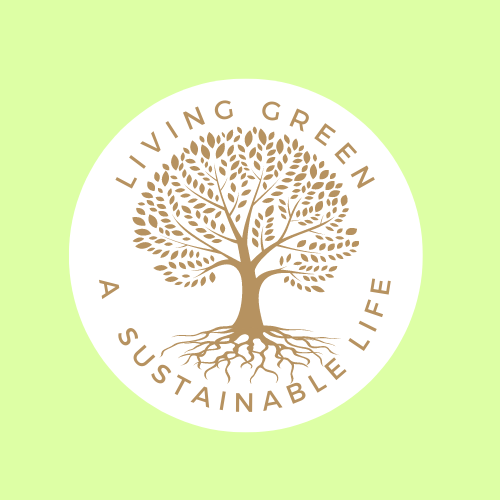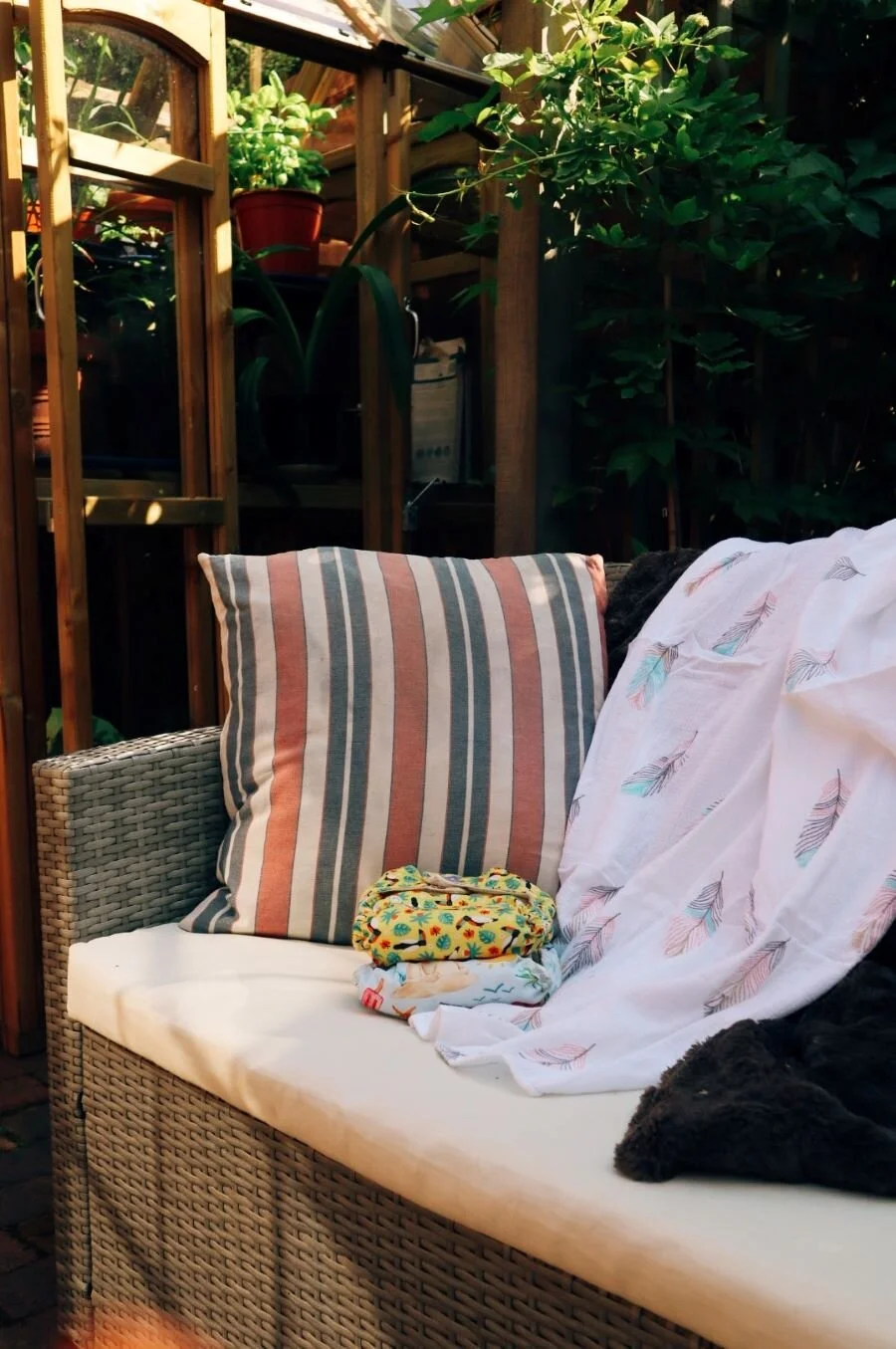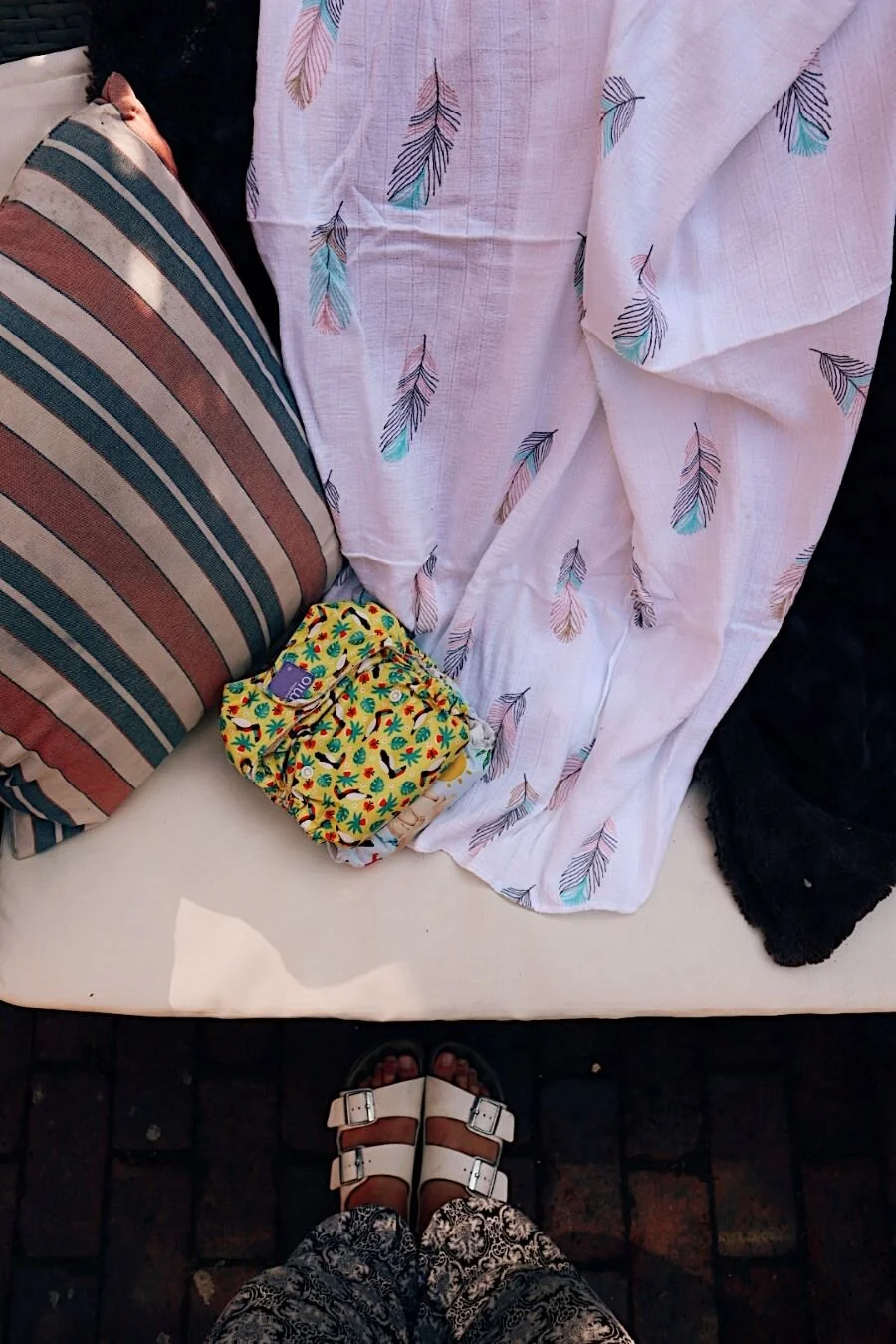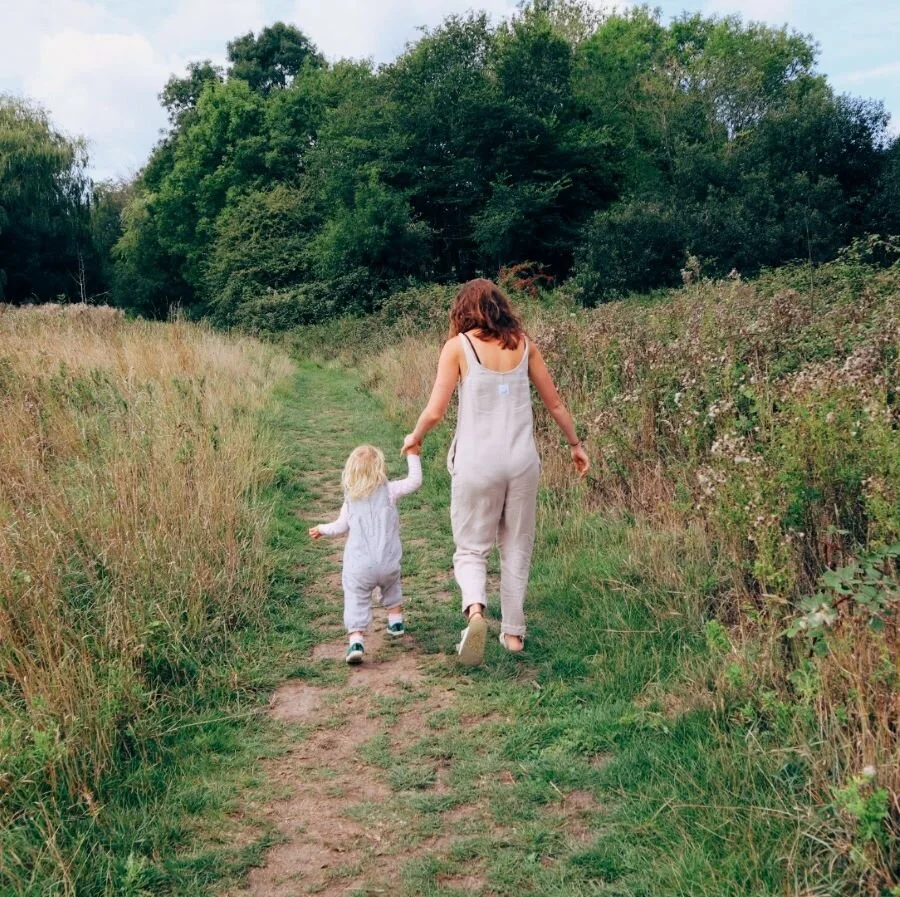The Impact of Reusable Nappies. Why The Environment Agency Got It Wrong.
I started using reusable nappies when my daughter was first born. The first nappy I put on her just an hour after her birth was a cloth one and I am very proud of that. It doesn’t mean we haven’t used disposables, because we have when we needed too. There is and will always be a need for them. For the last two years I have been on a mission to make reusable nappies more known to parents, more mainstream and more accessible. If you choose not to use them that’s fine, but I want you to do so with all the knowledge of their impact at your finger tips.
I have however one huge hurdle that makes me fall every time and that’s the report done by the Environment Agency in 2008 which concluded reusable cloth nappies have a similar carbon footprint to disposable single use nappies. This report was wrong, it desperately needs up dating and had many flaws within it misleading many in it’s conclusion. I’m here today to put the evidence to you so you yourself can decide just how much of an impact reusable nappies have….
The Environment Agency’s report on the life cycle of reusable nappies should be deemed unreliable now due to the fact that technology has moved on so much since it’s initial report in 2005. The report also makes wrong assumptions about the amount of nappies a baby uses along with how to wash cloth nappies which does not align with washing guidelines, meaning their calculations for energy consumption are far higher.
Like so many that want to use or so use reusable nappies when I first heard about the Environment Agency’s Report on the Life Cycle of Reusable and Disposable Nappies I was (to be dramatic) heart broken. I had spent so long researching cloth nappies, building a stash, learning how to use them, and now I was being told it was all really for nothing. But when I dug a little deeper I was to find many flaws in their report. I spoke to other cloth parents online and read blog posts from nappy brands all of which brought evidence to the table that could easily discredit the report. I therefore feel it is time we demand for a better report to be under taken, so the parents wanting to make the decision for their family and for the environment to use cloth nappies are not put off by dodgy stats.
Debunking the Environment Agency’s Report on Reusable Nappies.
To be clear, unlike some reports have described (like this awful BBC article) the report does claim that reusable are BETTER for the environment, just not by as much as I and many other credited sources believe to be true.
The amount energy the report claims to be used in the washing and drying can not be relied upon for two reasons. 1. The report was initially under taken in 2005, 15 years ago which in technology terms is a life time. Washing machine are now far more water and energy efficient. According to The Guardian over a 15 year period washing machines became 31% more efficient.
Number 2. is where our energy is coming from. In 2010 more than 10 times the amount of our energy came from fossil fuels compared to renewables, according to the Carbon Brief’s report. Since the beginning of the last decade electricity produced from renewables has quadrupled. Unless your like us and choose to go with an energy company that use 100% renewable energy (our supplier is Bulb) meaning the carbon foot print of washing our nappies is reduced even more. This is only set to get better over the coming decade.
The manufactoring of Disposable nappies.
It takes one cup of crude oil to produce the plastic needed to make a disposable nappies. Disposable nappies also contain wood pulp. 7 Million trees are cut down in the UK every year just to produce the wood pulp used in nappies.
Let those facts sit for a minute. That’s one cup of crude oil in every nappy you pop on your children’s bottom.
One thing the report does not take into account when it comes to disposable nappies is the water pollution used in the manufacturing process. Washing your cloth nappies 3 times a week will use around 200 liters of water. Sounds like a lot right? But how much water does it take to manufacture a weeks worth of disposable nappies? 1,550 liters. That’s nearly 8 times more. What happens to the water afterwards is also something that needs to be taken into account. Water from your washing machine goes into the water system, is treated and recycled. The water that comes out of the manufacturing process is seriously dirty. Like full of chlorine and dioxins dirty. This is also claimed to be a serious pollutant in our oceans.
Energy used in the care and washing of reusable nappies.
The report assumes that 25% of cloth nappies are tumbled dried and include this in the calculations of their report. However it is highly advised that modern cloth nappies are NOT tumbled dried. Heat will melt the PUL (the water proof lining) within the nappies deeming them unusable. Some insert such as cotton and microfiber can be tumbled dried but others such as bamboo will bald over time when exposed to heat. It is therefore always recommended to line dry as much as possible.
In a survey taken by the cloth nappy company Baba and Boo they found that a mere 6% of cloth nappy users used a tumbler drier more than once a week, while 26% claimed to use one no more than a few times a year. This is a very different statistic than the one used in the report.
Also according to the report all nappies are washed at 60 degrees (or even 90 degrees which will 100% melt your nappies, do not do this) and washed every 2 days. This depends on the parent. We do wash at 60 degrees 90% of the time but due to the fact we have a 9kg washing machine we only wash twice a week making our wash more economical. However, maybe nappy companies advice washing at 40 degrees (sometimes even 30) to prolong the life of their nappies so I know many parents take this advice therefore also making their washes more economical. In fact most of the energy used in a washing machine is in the heating of the water. The low the temp the less energy used.
The life cycle of a reusable nappy.
A huge factor in life cycle of a reusable nappy and what a single cloth nappies carbon footprint is, is based hugely on how long the nappy is used for. The Environment Agency’s reports takes into account a cloth nappy being used on only ONE child. However, in the same survey carried out by Baba and Boo they claimed that not one single parent asked had nappies that would be used for just one child!!! Immediately the carbon print of a nappy is halved when used on another child.
Even if a parent only used their nappies on one of their own children the pre-loved nappy market is huge and cloth nappies are built to stand the test of time. Once a parent is finished with nappies it is very easy to sell them on and or pass them on to be used onto another and another child after that. I can talk from my experience with other cloth parents are tell you all their nappies are used on serval children or most definitely sold on. It’s common practice in the cloth community.
The Environment Agency’s report massively under estimated The amount of nappy used in a day.
According to the NHS website young babies need changing 10-12 times a day, older babies less, 6-8 times a day. This is the same across any parenting website and something every parent will agree with. However, the Environment Agency’s report accounts for a baby only using 4 disposable nappies a day (7 for a newborn) taking the overall average amount of nappies used from 5000-6000 down to a mere 3,796 and taking the carbon footprint of disposable nappies down by a third.
In my opinion this is the biggest flaw in the report, and one that I am sure will annoy any parent who has done one too many nappy changes in a day than they would like to. I think we can all agree whoever wrote this report had not spent a day with a baby that poops as soon as you put a fresh nappy on their bottom. 4 nappies a day? Psst
Materials used in cloth nappies in 2020 are now much more sustainable. As are many cloth nappy companies.
Another argument for updating to report comes down to the way brands produce nappies and the materials used. Many (though of course not all) cloth nappy brands are started with ethics and sustainability in mind. Take Baba and Boo, Tots Bots or Tickle Tots, three of the top UK based cloth nappies brands. All were started by Mum’s at their kitchen table looking to make something better for them and their families. This is were sustainability comes into the core of brands, especially as the general public become more aware of the harm we are doing to our planet and demand more accountability. We can cannot compare how things were produced and who they were produced by 15 years ago to now.
This also applies to the material used. Cotton as many of us now know can be a thirsty and unsustainable crop to grow, however more and more nappies are now made with Bamboo and Hemp, mainly down to the fact they are highly absorbent material suited well to cloth nappies but are also fast growing, less water thirsty crops to produce. Majorly upping the sustainability factors.
Disposable Nappies are talked about as a waste problem.
It’s how most of us started using reusable cloth nappies. The idea of a nappy sitting in a landfill for the next 500 years was certainly too much for me to bare and sent me looking for alternatives. While it is important to remember waste is only just apart of the nappies lifecycle, as much of its environmental impact will happens before it reaches our home to be used for just a few hours, the waste is still a huge problem.
I want to high light that the report did not mention how nappies end their life. What about landfill? Or the CO2 created when they are incinerated? Or the cost to local authorities who deal with the waste? Or toxins from human waste and plastic polymers in landfill seeping into the environment? I could go on.
The Women’s Environmental Network Disputed to EA’s Report.
Formed in 1988, Women's Environmental Network (WEN) is a national membership charity, which educates, informs and empowers women and men who care about the environment. It campaigns on environmental and health issues from a women's perspective. The WEN where consulted during the undertaking of the report but did not see the report before it was published. They were too unhappy with the EA’s conclusion, rejecting it and responding with a dispute to parliament.
“In the way that the Environment Agency conducted, concluded and presented its Lifecycle Assessment of reusable and disposable nappies we believe that the Agency failed in its job of looking after our environment and "making it a better place for people and wildlife for present and for future generations" [EA Corporate Strategy, 2006-11].
This is a symptom of the position of the EA in relation to Defra (the department for environmental, food and rural affairs). If the Agency were simply carrying out Defra's waste policy, as WRAP (waste and resource action plan) does, it would not have been possible for a report to be presented in such a way that it worked against Defra's and WRAP's aims in promoting reusable nappies. More clarity is required about how waste policy is developed and implemented.”
In fact they claimed the EA was going purely by targets. “From this statement, it is obvious that the EA are using the cautious targets WRAP has agreed (in order to ensure they are achievable) as a limit on the amount of waste that can be prevented through promotion of reusable nappies as an alternative. It appears that they have no concept of waste prevention activities increasing and thus enabling the amount of waste to be reduced rather than continuing to grow.”
Pretty damning if you ask me!!
Like me the WEN felt that while the EA encourage reuse and recycling they are not encouraging the waste being cut off at the source and therefore not encouraging a circular economy.
It’s time we called for another report to be under taken.
So why it is so important for this report to be updated? Well the Environment Agency and just about every other governing body on the planet are calling for the use of single use plastic to be cut dramatically. But what happens when a parent googles the environmental impact of the disposable nappies they are thinking about ditching and they see this report credited as a source on just about every article ever written about cloth nappies. They think “hey, if its not all that different, what the point?” They move on with their lives and send 5000 nappies to landfill with every child that they have. It’s not good enough and we need to demand for better.
Though the report does conclude that reusables are better than disposables there is one particular line that kills the work any of us in the cloth community have ever done…
“….The average 2006 disposable nappy would result in a global warming impact of approximately 550kg of carbon dioxide equivalents….For reusable nappies, the baseline scenario based on average washer and drier use produced a global warming impact of approximately 570kg of carbon dioxide equivalents.”
Though it goes on quickly to add that the reusables figure depends on how they are laundered, the damage I feel is done. In fact I know it’s done because then I type into Google, “The Environmental Impact of Cloth Nappies” the snippet I see first is a line from the BBC with these figures stating that reusables are worse for the planet.
And you know what…. that damn angers me.
Light at the end of the tunnel. A new report.
Unfortunately not from the Environment Agency but from Zero Waste Europe, ReZero and Break Free Plastic that considers the economic and environmental impact of single use nappies, wet wipes and menstrual products. The report takes into account CO2 emissions, waste generation, marine litter and the cost of waste disposable including the clearing of sewage systems across the European Union.
It concluded “If only 20% of children using nappies switched to reusables, the amount of waste that could be prevented in the EU-28 would be more than 1 million tonnes annually”. To the average family that looks like 99% less waste when using cloth nappies compared to single use ones. Now there’s a stat to make us cloth parent cheer. 99% LESS.
I may not be a scientist, or someone who completed a full thesis on exact carbon foot print of a disposable nappy compared to a cloth one, but I am someone that looked at the facts using common sense, from one parent to another to tell you I do not think we should trust the EA’s report and we should demand for a better, more up to date and thorough report.
If nothing else I hope I have given you all the facts to myth bust any of the points made in the EA’s report when another mother tries to discredit your beautiful nappies, or a “well meaning” family member tells you it’s pointless using cloth, “they are no better than disposables”. Because deep down we always knew that anyway and now we’ve proved it.
Much Love
Hannah xx



